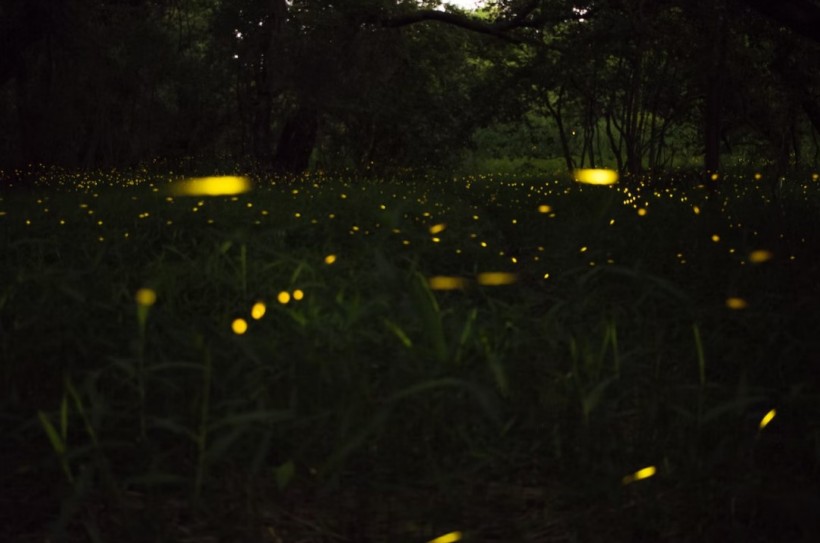Fireflies are beetles that are usually winged to distinguish them from other bioluminescent insects, like glowworms. In Japanese culture, they symbolize departing souls or silent, ardent love, while the Peruvian Andes view them as the eyes of ghosts. Whatever they symbolize in different cultures, a handful of the 2,200 firefly species in the world synchronize their flashes like Christmas lights that had scientists wondering why.
Physicists and mathematicians revere these insects, which inspired a lot of math. However, quantitative data describing what they were doing was scant. So, researchers from the University of Pittsburgh sought to change that by publishing a series of papers in the past two years about the synchrony in multiple firefly species at different study sites.

How Do Fireflies Blink in Sync? Mathematicians Confirm Novel Form of "Chimeric" Synchrony
Finding Proof of Synchronizing Fireflies
Their papers establish real-life swarms of fireflies that differs from the mathematical idealization that fit in the description of journals and textbooks for decades. Nearly all previous studies assume that each firefly maintains its internal metronome. However, a preprint of the group in March showed that at least one species has no intrinsic rhythm and suggested that the collective beat emerges only because of the number of fireflies gathering together.
A more recent preprint published in May also documented a rare type of synchrony that the group of mathematicians calls a novel chimera state, which was never observed before in the wild outside of the constraints of experiments.
According to Wired, mathematicians devised theories of synchrony but have less experience in the messy real-world synchronizes, and discovering their findings is a big breakthrough. The first report of fireflies flaring in unison was in Southeast Asia and filtered back to Western scientific discourse for many years, like the kelip-kelip in Malaysia that makes leaves and branches glow with diamond-like fire.
Another firefly species was found in Tennessee in the 1990s, which many did not believe existed, like the fireflies in Malaysia. Those fireflies emit a burst of quick flashes within a few seconds, then quiet for a long time. Researchers analyzed the footage frame by frame and counted how many fireflies illuminated at each moment, finding that they emit bursts at regular, correlated intervals.
Then 20 years later, researchers set out to collect firefly data using better technology, like a designed system that uses two GoPro cameras placed a few feet apart. Instead of counting flashes, they devised algorithms to triangulate on firefly flashes and then record when each blink happened and where it occurred in the 3D space.
They tried it in the Tennessee area but found the bursts were messier, and some were too quick. Nonetheless, the messiness was still exciting as it was complex because of how beautiful the flashes fireflies produced.
READ ALSO: Alarming Decline of Insect Population and What Causes the Crisis
Cracking Fireflies' Light Show
In one of their studies, researchers reveal how they cracked the fireflies' light show in a recently published study in the Journal of the Royal Society Interface. They used a complex model called an "elliptic burster" to describe the behavior of brain cells.
Per Phys.org's report, they first simulated the blinks of a single firefly then expanded their experiment to a pair to see if they would match their flashing rates. Next, they moved to a bigger swarm of simulated insects to see how the number would affect the resulting blinks.
The team found that varying the distance at which fireflies could see and respond to each other changes the light show. That means that they could produce patterns of blinks that looked like ripples or spirals as they tweaked the parameters. The findings line up with previously published observations of real-life synchronous fireflies.
RELATED ARTICLE: Fireflies Light Show Could Inspire Advances in Robot Communications
Check out more news and information on Insects in Science Times.


![Earth's Quasi-Moon Kamo‘oalewa Could Originate From Lunar Surface Not Asteroid Belt [Study]](https://1721181113.rsc.cdn77.org/data/thumbs/full/53275/89/56/50/40/earths-quasi-moon-kamo-oalewa-could-originate-from-lunar-surface-not-asteroid-belt-study.png)











